Optimal Reconstruction
The approach used could be classified as low-level, because relatively few
assumptions are made. Large amounts of data are required in order to proceed.
The resulting reconstruction has more detail than a higher level approach,
and does not provide as much higher level information.
The strategy used sets the 3D reconstruction problem in a
statistical framework. The model is deformed so that it moves towards the
most likely surface.
Collections of range measurements form 'ridges' of probability, with the
most likely location of the surface at a given point being associated
with the high point of the ridge.
The level sets of volumes are deformed to fit a surface to these
probability ridges, while maintaining other desirable properties such as
smoothness and continuity. The resulting surface created is that which is
most likely to have given rise to the data.
Level sets are well suited to this approach because of their flexibility
in terms of topology, many degrees of freedom, multi-scale representation,
and efficient means of calculating geometric surface properties.
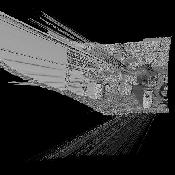

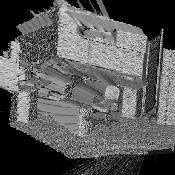

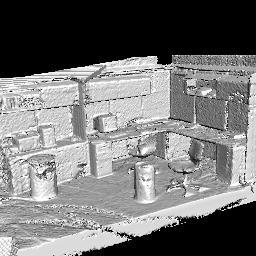

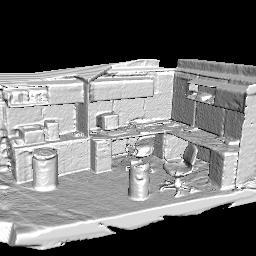
| Range surface 2 |
|
Stage 1 |
|
Stage 2 |
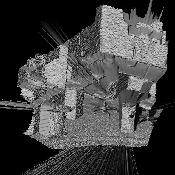

Several range images, viewed as surfaces, the initial volume reconstruction,
and the final reconstruction after applying the level-set method.
Download an IV model of the final
result (1.5 MB). (Mesh reduction has been applied to keep the size of
the model down, thereby resulting in a loss of some detail)
There is also a WRL (0.9 MB)version available.
Contact amangan@utk.edu

